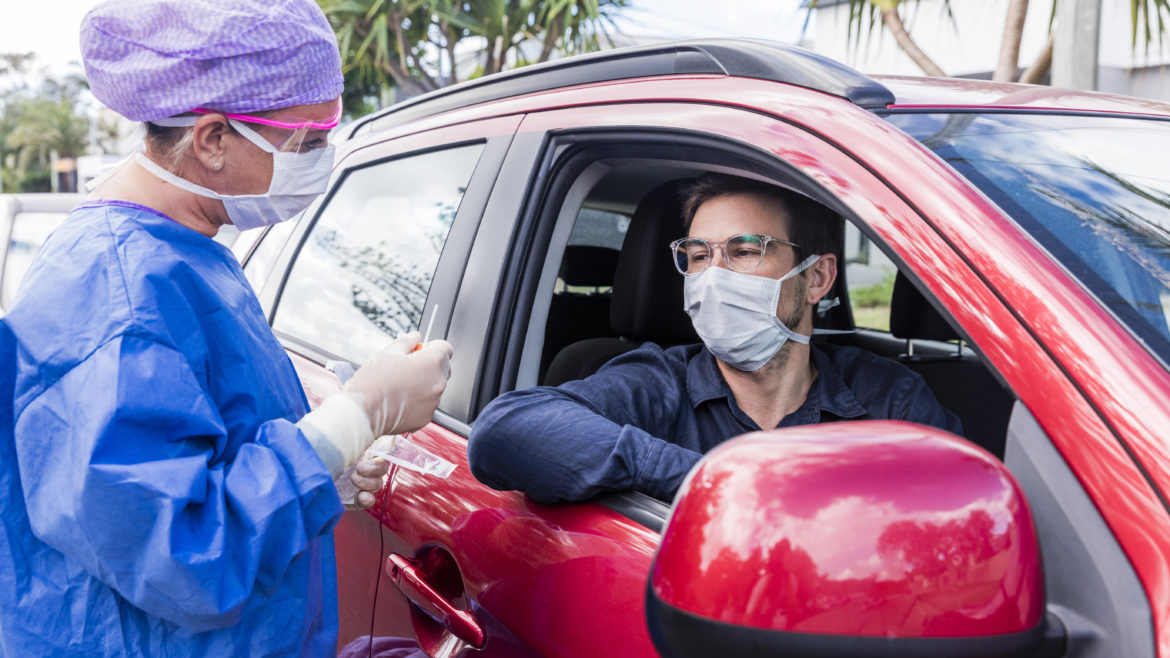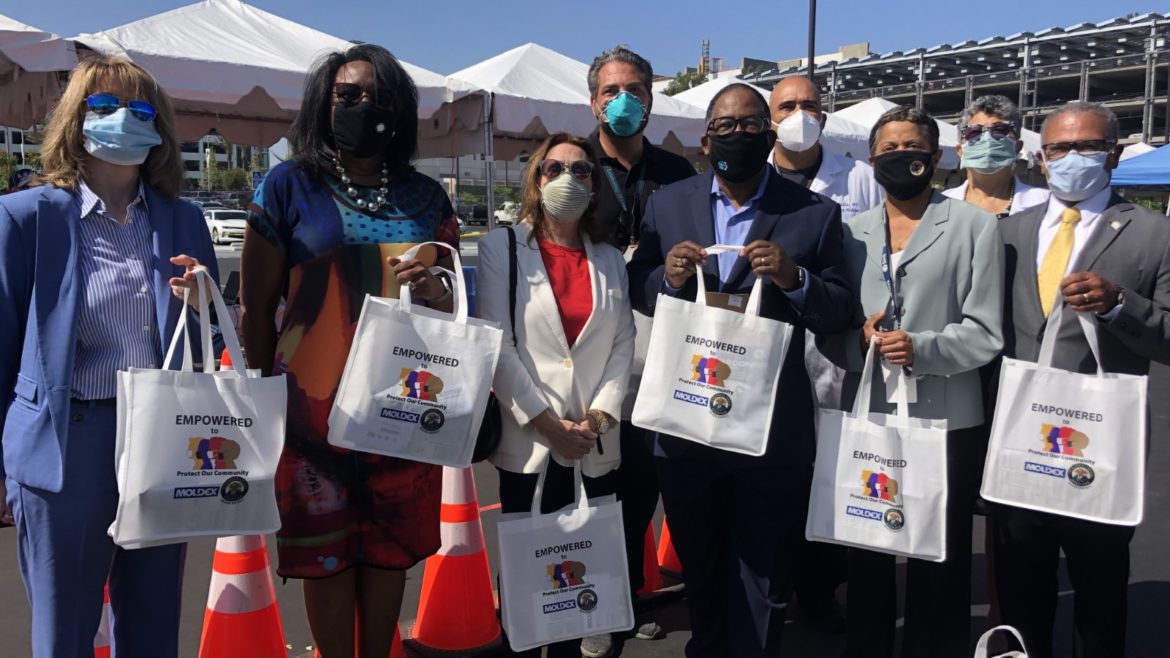Breathmobile Can Rescue Students
Breathmobile Can Rescue Students
PALMDALE — Los Angeles County Supervisor Kathryn Barger unveiled the Breathmobile — a new mobile clinic that will visit Antelope Valley schools to treat youngsters with asthma and allergies — at a Friday afternoon ceremony at Dos Caminos Dual Immersion School.
The mobile clinic will provide asthma management including tests, medications, and education for children and their parents at no cost to local families. Health Services operates the mobile clinic based out of the High Desert Regional Health Center in Lancaster.
“This truly is a very exciting day for this community. This is something that we have been working on for quite a while,” Barger said at the ceremony, attended by children, parents, Palmdale School District trustees, administrators, county officials and other community leaders.
There is a huge need in the Antelope Valley for the Breathmobile, the supervisor said.
“The statistics prove it,” Barger said. “Our Los Angeles County Health Services confirmed that 14.2% of children have asthma in the Antelope Valley and don’t have access to services. That is far too many of our youth — from infants to teenagers — who are suffering.”
Palmdale School District was the first local school district to join the program.
“In our community we have a lot of great students, but we also know that we have a lot of needs,” almdale School District Superintendent Raul Maldonado said.
Palmdale School District trustee Nancy Smith toured the Breathmobile prior to the ceremony.
“I think it’s wonderful that we’re going to have access for this for our kids,” Smith said.
Smith added the education portion that district parents are going to receive is also important.
“So they understand how to give their children the correct medication and what to watch for … because when their kids miss school and their kids are sick, they lose their education for that day,” Smith said. “It’s important that they’re here every day to get the best education that they can get.”
“We hope to drive all across the Antelope Valley and find everybody who has asthma,” Quentin O’Brien, CEO for the Ambulatory Care Network of the Health Services said.
O’Brien added the Breathmobile program is based on forming strong relationships with school districts and working with school health staff to improve the health of children with asthma.
“We really appreciate the Palmdale School District was one of the first school districts to express interest in participating in this program,” O’Brien said.







